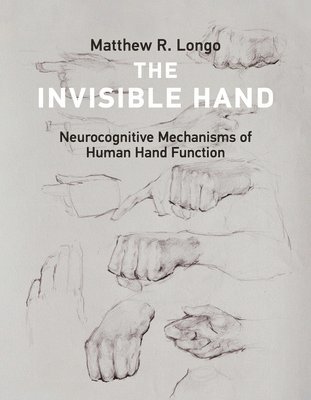Ny

1549:-
Uppskattad leveranstid 2-7 arbetsdagar
Fri frakt för medlemmar vid köp för minst 249:-
- Format: Pocket/Paperback
- ISBN: 9780262551878
- Språk: Engelska
- Utgivningsdatum: 2025-04-15
- Förlag: MIT Press Ltd

